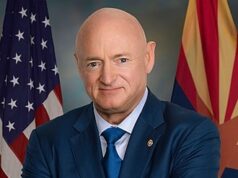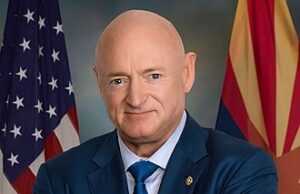USDA Events across the Country Highlight Housing’s Role in Rural Job Creation and Economic Activity
WASHINGTON, DC – June 3, 2011 – (RealEstateRama) — Agriculture Secretary Tom Vilsack today kicked off National Homeownership Month and highlighted the important role housing plays in creating jobs, maintaining viable rural communities and contributing to the economy. Since the start of the current fiscal year, which began last October 1, USDA Rural Development has financed approximately 80,000 home loans for rural residents.
“Housing drives rural economies and supports healthy rural communities,” Vilsack said. “About 50 million Americans call rural areas home, and safe, sanitary housing is a basic human need in rural America. USDA Rural Development’s housing programs do more than provide a place for families to live. They stimulate economic activity through single-family home construction, rental assistance for those who need it, and funding for eligible very-low-income homeowners to enable them to keep their dwellings in good repair.”
Vilsack said this year’s Homeownership Month theme is “Rural Housing/Rural Jobs.” Communities across the nation are holding events and activities during June to highlight USDA Rural Development’s role in providing homeownership opportunities for rural residents. Local and USDA officials will discuss the benefits of homeownership and share information on ways families can become homeowners.
The economic impact of housing development goes far beyond home sales and construction. According to the National Association of Realtors (NAR), the sale of an existing median-priced home ($173,000 in 2010) generates $58,529 in economic activity. This includes $15,570 in direct real estate industry support (fees for real estate agents, title companies, mortgage brokers); $5,235 in furniture, home furnishings, landscaping, etc.; and $9,987 in stimulated economic activity. New home sales generate even more economic activity, including the costs of construction materials and construction jobs, according to NAR.
Behind every one of the housing loans made in rural America is a powerful individual story. For example, Katie Bowens and her family recently bought a three-bedroom home in Norfolk, Neb., through a community revitalization partnership between USDA Rural Development and the Norfolk Housing Agency. The Northeast Nebraska Economic Development District also is involved in the collaboration. It provides grants to demolish dilapidated properties within Norfolk city limits. The Bowens family’s new home and others are revitalizing a once dilapidated neighborhood and generating local business and employment.
USDA Rural Development also played a role in saving jobs and securing the tax base in Grant County, Ind. Rural Development provided $1 million in mortgage loans for 10 families in the Diamond Estates subdivision in Gas City after the Affordable Housing Corporation of Marion, Ind., and Lancia Home Builders approached USDA about the need for affordable housing in the area. Rural Development’s involvement was crucial to the subdivision’s success. The homeowners have had a positive economic impact on the entire community – where the new residents now live, work and shop.
Kyle and Susan Mack used a Rural Development loan to purchase a house in Cedarville, Ohio. The house needed some renovations, and money for repairs was included in the loan. Also, with the help of Rural Development, the Macks’ payments fit the family budget. They now have a home close to work and the school for their children.
To learn more about Homeownership Month events near you, contact your nearest USDA Rural Development office. A list of these offices is available at http://www.rurdev.usda.gov/StateOfficeAddresses.html.
USDA, through its Rural Development mission area, administers and manages housing, business and community infrastructure and facility programs through a national network of state and local offices. These programs are designed to improve the economic stability of rural communities, businesses, residents, farmers and ranchers and improve the quality of life in rural America. Rural Development has an existing portfolio of more than $150 billion in loans and loan guarantees. Visit http://www.rurdev.usda.gov for additional information about the agency’s programs or to locate the USDA Rural Development office nearest you.
#
USDA is an equal opportunity provider, employer and lender. To file a complaint of discrimination, write: USDA, Director, Office of Civil Rights, 1400 Independence Avenue, SW, Washington, DC 20250-9410 or call (800) 795-3272(voice), or (202) 720-6382 (TDD).
Contact:
Office of Communications (202) 720-4623

















